Select an Orthopaedic Specialty and Learn More
Use our specialty filter and search function to find information about specific orthopaedic conditions, treatments, anatomy, and more, quickly and easily.
GET THE HURT! APP FOR FREE INJURY ADVICE IN MINUTES
Shoreline Orthopaedics and the HURT! app have partnered to give you virtual access to a network of orthopaedic specialists, ready to offer guidance for injuries and ongoing bone or joint problems, 24/7/365.
Browse Specialties
-
- Arthritis
- Fractures, Sprains & Strains
- Joint Disorders
- Physical Medicine & Rehabilitation (PM&R)
- Shoulder
- Sports Medicine
AC Joint Issues
Although many things can happen to the AC joint, the most common conditions are fractures, arthritis and separations. When the AC joint is separated, it means that the ligaments are torn and can no longer keep the clavicle and acromion properly aligned. Arthritis in the joint is characterized by a loss of the cartilage that allows bones to move smoothly and is essentially due to wear and tear.
More Info -
- Arthritis
- Joint Disorders
- Physical Medicine & Rehabilitation (PM&R)
Arthritis Overview
According to estimates, one in every five people living in the United States has signs or symptoms of arthritis in at least one joint. There are many types of arthritis, but most fall into one of two major categories: osteoarthritis and rheumatoid arthritis, or RA. Arthritis is the leading cause of disability in the United States and it affects millions of people. Approximately half of all sufferers are under age 50.
More Info -
- Minimally Invasive Surgery (Arthroscopy)
Arthroscopy (Minimally Invasive Surgery)
Arthroscopy is a minimally invasive surgical procedure used by orthopaedic surgeons to visualize, diagnose, and treat problems inside the joint. Because it requires only tiny incisions, arthroscopy can be performed without a major, invasive operation and many procedures can be done on an outpatient basis.
More Info -
- Fractures, Sprains & Strains
- Sports Medicine
Fractures
A fracture is a broken bone. Although bones are rigid, they do bend with limited flexibility when outside force is applied. When that force is too great, the bone will fracture. Common causes of fractures include: trauma, such as auto or sports-related accidents; osteoporosis, which can weaken the bone; or overuse caused by repetitive motion that can tire muscles and place excess force on the bone, resulting in stress fractures like those most often seen in athletes.
More Info -
- Foot & Ankle
- Ligament Disorders
Plantar Fasciitis
Although the plantar fascia is designed to absorb the high stresses and strains placed on the feet, sometimes too much pressure can damage or tear these tissues. The body’s natural response to such an injury is inflammation, which results in heel pain and stiffness of plantar fasciitis.
More Info -
- Minimally Invasive Surgery (Arthroscopy)
- Shoulder
- Sports Medicine
Rotator Cuff Tear & Arthroscopic Repair
When one or more of the rotator cuff tendons is torn, the tendon no longer fully attaches to the head of the humerus. As damage progresses, lifting a heavy object or other similar action can result in a complete tear of the tendon. A torn rotator cuff weakens the shoulder, making it painful and difficult to perform simple daily activities such as getting dressed or combing your hair.
More Info -
- Neck and Back (Spine)
- Pediatric Injuries
- Physical Medicine & Rehabilitation (PM&R)
- Sports Medicine
Spondylolysis & Spondylolisthesis
Many people with spondylolysis and spondylolisthesis do not experience obvious symptoms or pain. Often, a patient visits the doctor for activity-related lower back pain, only to be surprised by the diagnosis. Patients may experience what feels like a muscle strain, with pain that spreads across lower back, and is sometimes accompanied by leg pain. Spondylolisthesis can also cause spasms that stiffen the back and tighten hamstring muscles, resulting in changes to posture and gain.
More Info

